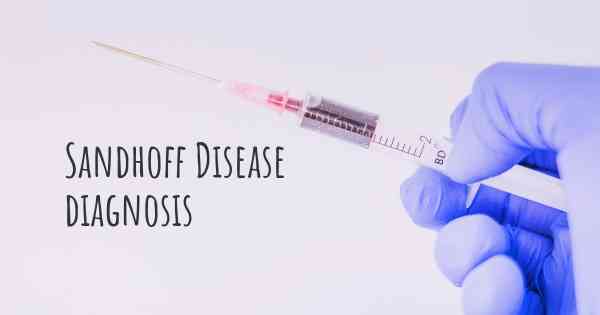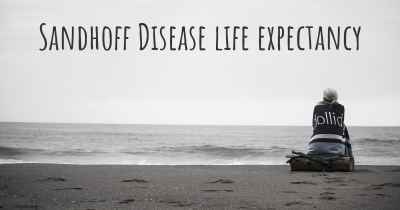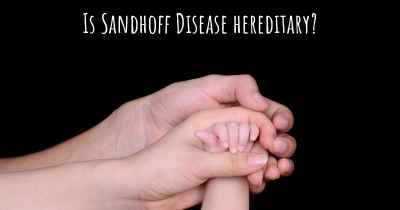How is Sandhoff Disease diagnosed?
See how Sandhoff Disease is diagnosed. Which specialists are essential to meet, what tests are needed and other useful information for the diagnosis of Sandhoff Disease

Diagnosis of Sandhoff Disease
Sandhoff Disease is a rare genetic disorder that affects the central nervous system. It is a type of lysosomal storage disorder characterized by the accumulation of harmful substances in the body's cells. Diagnosing Sandhoff Disease can be challenging due to its rarity and the similarity of symptoms with other neurological conditions. However, there are several diagnostic methods that healthcare professionals use to identify this condition.
Clinical Evaluation
The first step in diagnosing Sandhoff Disease involves a thorough clinical evaluation. The healthcare provider will review the patient's medical history, including any symptoms and their progression. They will also conduct a physical examination to assess the patient's neurological function and look for any characteristic signs of the disease.
Genetic Testing
Genetic testing is the most definitive method to diagnose Sandhoff Disease. It involves analyzing the patient's DNA to identify any mutations or abnormalities in the HEXB gene, which is responsible for producing an enzyme called beta-hexosaminidase. In individuals with Sandhoff Disease, mutations in the HEXB gene lead to a deficiency or complete absence of this enzyme.
The genetic testing process typically begins with a blood sample or a sample of other tissues, such as skin cells. The DNA is extracted from the sample and analyzed using various techniques, such as polymerase chain reaction (PCR) or DNA sequencing. These methods allow scientists to identify specific mutations in the HEXB gene.
Enzyme Activity Assay
In addition to genetic testing, an enzyme activity assay can be performed to confirm the diagnosis of Sandhoff Disease. This test measures the activity of beta-hexosaminidase enzyme in the patient's blood or other tissues. Individuals with Sandhoff Disease typically have very low or undetectable levels of this enzyme.
Neurological Imaging
Neurological imaging techniques, such as magnetic resonance imaging (MRI) or computed tomography (CT) scans, may be used to assess the extent of brain damage in individuals suspected of having Sandhoff Disease. These imaging tests can reveal abnormalities in the brain structure and help differentiate Sandhoff Disease from other neurological conditions.
Other Laboratory Tests
Additional laboratory tests may be conducted to support the diagnosis of Sandhoff Disease and rule out other conditions. These tests can include:
- Urinalysis: Analysis of urine samples can detect elevated levels of certain substances that are indicative of Sandhoff Disease.
- Blood tests: Blood samples may be analyzed to assess the levels of various chemicals and enzymes in the body.
- Electroencephalogram (EEG): This test measures the electrical activity of the brain and can help identify abnormal patterns associated with Sandhoff Disease.
- Lumbar puncture: A small amount of cerebrospinal fluid is collected through a needle inserted into the lower back. Analysis of this fluid can provide valuable information about the presence of certain substances associated with Sandhoff Disease.
Consultation with Specialists
Due to the complexity of Sandhoff Disease, healthcare providers may consult with various specialists to confirm the diagnosis and provide appropriate care. These specialists may include geneticists, neurologists, pediatricians, and other healthcare professionals with expertise in lysosomal storage disorders.
Conclusion
Diagnosing Sandhoff Disease requires a combination of clinical evaluation, genetic testing, enzyme activity assays, neurological imaging, and other laboratory tests. The identification of specific mutations in the HEXB gene and the confirmation of low or absent beta-hexosaminidase enzyme activity are crucial for an accurate diagnosis. Consulting with specialists can further support the diagnosis and help develop a comprehensive treatment plan for individuals with Sandhoff Disease.
Posted Feb 24, 2017 by Levi Christopher Lucero, Jr. 2185








